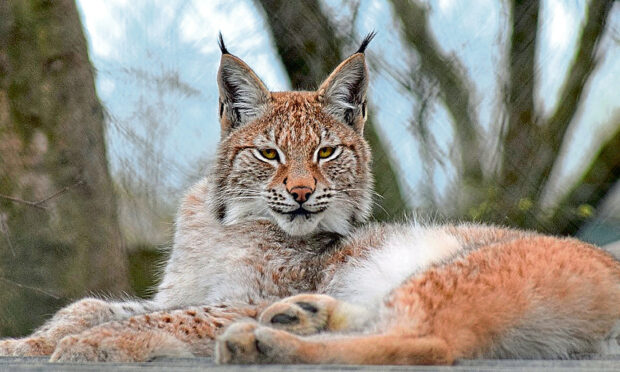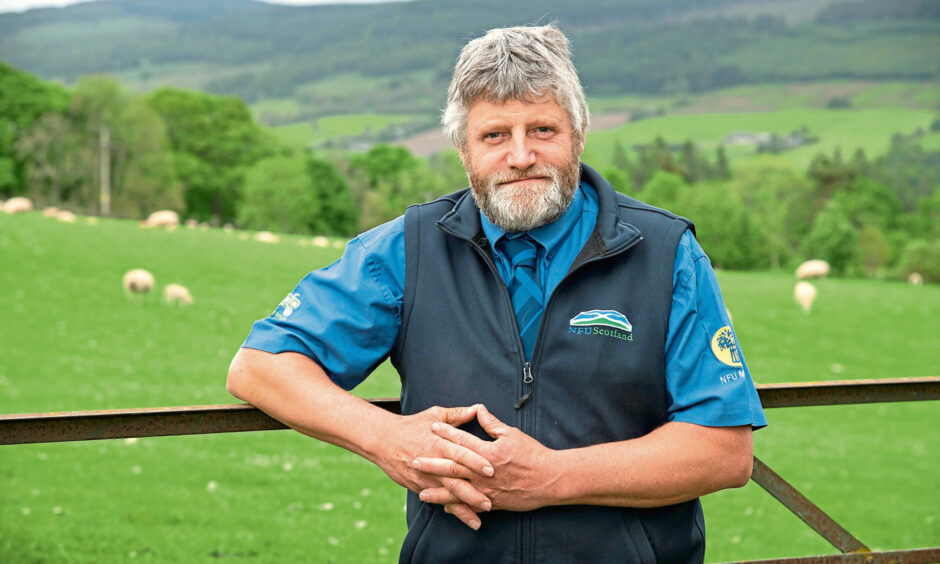NFU Scotland’s (NFUS) president and a local MSP have voiced their opinions ahead of an event organised at Hollyrood to discuss the potential of returning lynx to Scotland.
As The Press and Journal went to press, the event – sponsored by Ariane Burgess MSP and hosted by the Lynx to Scotland partnership – was yet to take place between 6pm and 8pm yesterday evening.
Speaking ahead of the event, Martin Kennedy, NFUS president, said that the union remained “crystal clear” that any proposals to reintroduce predators such as lynx, wolves or bears are wholly unacceptable to Scottish farmers and crofters.
Scottish lynx reintroduction could cause anxiety
He called on the Scottish government to make a clear statement rejecting such proposals permanently.
“The past few years have seen a long line of brazen and presumptuous claims from organisations about the imminent reintroduction of predators to the UK, causing considerable angst and anxiety to those who keep livestock in Scotland,” said Mr Kennedy.
“The only application in the UK to date, to reintroduce lynx to Kielder in the North of England, was rejected by the UK Government.
“Feverish press coverage of previous proposals to reintroduce lynx saw a welcome commitment in public from Fergus Ewing MSP, when he was Scotland’s cabinet secretary for rural economy, that he would never support such a reintroduction.
“We fully expect the current Scottish government to stand by that pledge.”
Mr Kennedy said that despite the media speculation, he reminded union members that nothing as yet equates to an application for release in Scotland.
He said were that to ever happen, the process for securing permission for the trial release of any predator is long and complex and any application will be subject to considerable analysis and debate.
“In our opinion, despite numerous attempts, no local consensus nor political consensus has ever been secured for such a release.
“Those reaping any benefit from these species’ reintroductions are rarely the ones bearing any of the costs or negative impacts. It is vital that all the impacts are considered, costed and support is made available to those carrying the costs both during any possible pilot study but crucially beyond.
“When the researchers or environmentalists have patted themselves on the back and packed up at the end of the pilot they leave farmers and crofters dealing with the impacts in perpetuity.”
Lynx are the last thing the Highlands need
Highland and Islands MSP Edward Mountain, also weighed in on the situation and said the last thing the Highlands needed is the lynx effect.
“This agenda is being pushed by rewilding organisations which are fixated on single species and the reforestation of the Highlands,” he said.
“We shouldn’t forget that previous attempts to reintroduce species have not come without their problems, such as the uncontrolled introduction of beavers on the Tay which have caused many flooding problems and damage along the river.”

